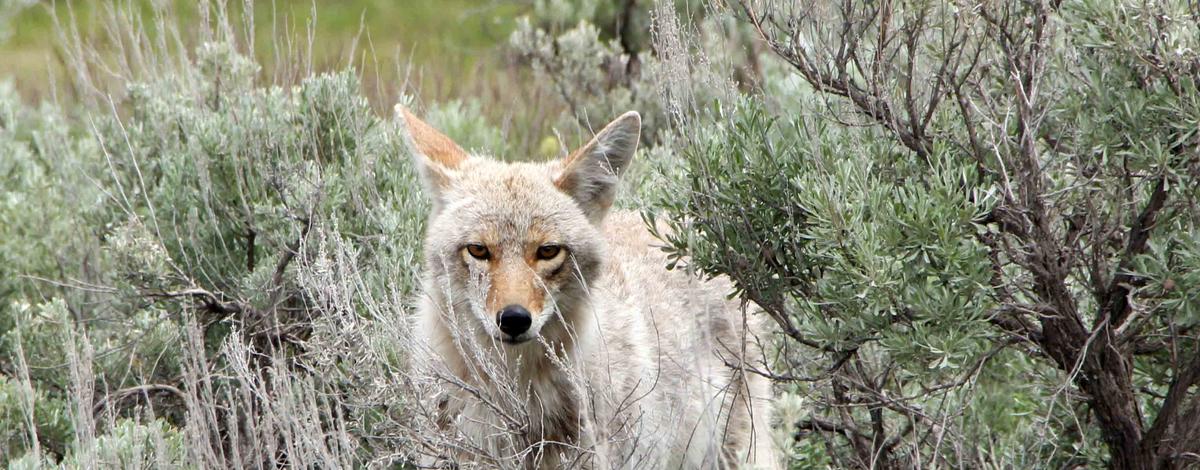Amid increasing reports of coyote and fox activity around Twin Falls and as well as other areas of the Magic Valley, Fish and Game reminds recreationists to take additional precautions with their pets to reduce the risk of potential conflicts with coyotes and foxes, especially during denning season.
Fish and Game officials in the Magic Valley Region were recently made aware of two non-fatal coyote incidents with off-leash dogs. The first encounter with an aggressive coyote occurred near Hagerman near Justice Grade when an off-leash dog was bitten by a coyote. Fish and Game also received a report that a hiker, along with her unleashed dogs encountered aggressive coyotes along the Auger Falls trail system in the Snake River Canyon.
A third encounter involved a fox that aggressively approached a man walking through a large vacant lot near Fred Meyer in Twin Falls. The report also noted that domestic cats have disappeared from the neighborhood.



